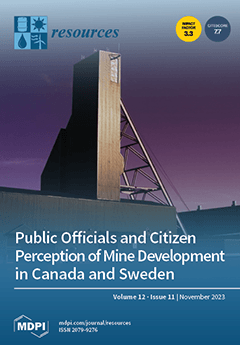Various factors, including topography, climate, soil attributes, and vegetation composition, influence above-ground biomass productivity in forest ecosystems. Despite the success of community forestry in restoring degraded hill forests in Nepal, existing research offers limited insights into how topographic factors and plant species affect
[...] Read more.
Various factors, including topography, climate, soil attributes, and vegetation composition, influence above-ground biomass productivity in forest ecosystems. Despite the success of community forestry in restoring degraded hill forests in Nepal, existing research offers limited insights into how topographic factors and plant species affect soil chemical properties and, in turn, influence above-ground biomass. This study investigates the interrelations between altitude, aspect, soil depth, and vegetation type on soil organic carbon (SOC), total nitrogen (TN), available phosphorus (P), available potassium (K), and soil pH. These soil metrics are further correlated with forestry indices, such as diameter at breast height (DBH), tree height (Ht), above-ground tree biomass (AGTB), basal area (BA), and above-ground total carbon (AGTC), in the mid-hill region of central Nepal. Our findings indicate that aspect had a significant influence on SOC (
p < 0.001), TN (
p < 0.001), P (
p < 0.05), and pH (
p < 0.001) levels. Soils in the northwest (NW) aspect exhibited higher levels of SOC and TN but lower levels of P and pH than those in the southeast (SE) aspect. Altitude did not significantly affect soil properties. Variations in SOC, TN, K, and pH were observed across different soil depths. Key forestry metrics like DBH, Ht, AGTB, and AGTC were notably higher at elevated altitudes and under the NW aspect. We also found that vegetation composition adds a layer of complexity to the relationship between aspect, soil properties, and above-ground biomass. The higher altitudes in the SE aspect are more conducive to above-ground biomass productivity, while the NW aspect is favorable for higher levels of SOC and TN in the soil. These variations could be due to differences in carbon deposition rates, plant compositions, soil microbial activities, and microclimatic conditions between the aspects. These findings highlight the need for holistic forest management approaches that consider topographic factors, soil depth, and plant species, offering practical implications for the region’s sustainable forest management and restoration efforts.
Full article





